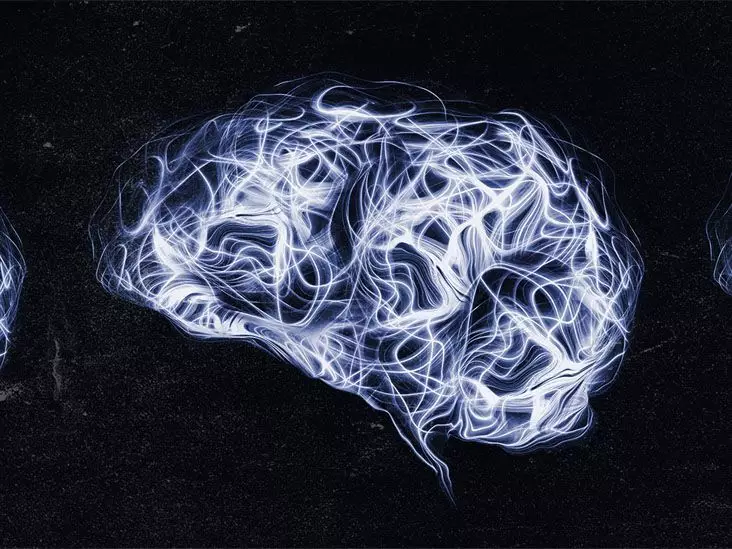Dementia is a term that encompasses a variety of symptoms related to cognitive decline, memory loss, and impaired reasoning. While brain imaging techniques such as MRI, CT, and PET scans are integral to the diagnostic process for dementia, they should not be viewed in isolation. This article explores how these imaging modalities contribute to a better understanding of dementia, the various types of scans employed, complementary diagnostic methods, and the importance of timely medical consultation.
Dementia is not a singular medical condition; rather, it describes a syndrome characterized by substantial and progressive cognitive impairment. Symptoms often manifest as difficulties in memory, judgment, language, and social interaction. Given the complexity of dementia, its diagnosis requires a holistic approach, taking into account not only cognitive tests and clinical assessments but also imaging studies that can reveal relevant structural abnormalities in the brain.
Brain imaging can provide essential clues about a patient’s condition. Each imaging technique offers distinct insights into brain structure and function.
1. **MRI (Magnetic Resonance Imaging)**: This technique is highly regarded for its ability to generate detailed images of brain structures. An MRI utilizes magnetic fields and radio waves to create cross-sectional images, allowing doctors to observe alterations such as atrophy in specific regions associated with dementia. For example, the hippocampus, often affected in Alzheimer’s disease, may appear significantly shrunken.
2. **CT (Computed Tomography) Scan**: CT scans offer quick, cross-sectional images that can reveal lesions, tumors, or strokes—conditions that may present with symptoms similar to dementia. Though CT scans provide vital information about potential obstructions or abnormalities in cerebral blood vessels, they lack the detail offered by MRI scans in assessing softer tissue changes.
3. **PET (Positron Emission Tomography) Scan**: This technique uses small amounts of radioactive material to observe metabolic processes in the brain. PET scans can show how blood flows through the brain, offering insights into functional changes that may point towards the presence of dementia, especially when other scans produce uncertain results.
These imaging modalities are pivotal in delineating between different types of dementia, such as Alzheimer’s disease, vascular dementia, and frontotemporal dementia, each exhibiting unique brain changes observable through imaging.
While brain scans are valuable, they do not provide definitive answers about dementia. The diagnostic pathway typically involves a multi-pronged approach, integrating neuropsychological assessments and laboratory tests alongside imaging studies. Cognitive testing aims to evaluate memory, problem-solving skills, and other cognitive functions, helping to establish a baseline of the patient’s mental capacity.
Additionally, biochemical assessments—such as tests for vitamin deficiencies, thyroid function, and metabolic disorders—are crucial to ruling out non-dementia related causes of cognitive impairment. Only by examining these various elements can a health professional arrive at a well-rounded diagnosis.
Early intervention is essential in managing dementia, or any form of cognitive decline. Individuals noticing memory lapses, confusion, or changes in daily functioning should consult a healthcare provider as soon as possible. Early diagnosis and proper management can significantly improve a patient’s quality of life, allowing for early therapeutic interventions, support services, and planning for the future.
Family and friends should be vigilant as well; they often are the first to notice subtle changes in a loved one’s behavior or cognitive abilities. Open discussions concerning any observed symptoms or changes can pave the way for professional evaluation, ultimately leading to timely and appropriate care.
Diagnosing dementia is a complex process that necessitates a careful and thoughtful approach. While brain imaging techniques such as MRI, CT, and PET scans play an essential role, they are just one piece of a much larger puzzle. A comprehensive assessment incorporating various diagnostic methods—combined with attentive clinical evaluation—enables health care providers to diagnose dementia accurately and develop suitable treatment strategies. If you or a loved one is experiencing symptoms of cognitive decline, it is essential to seek medical advice promptly.

